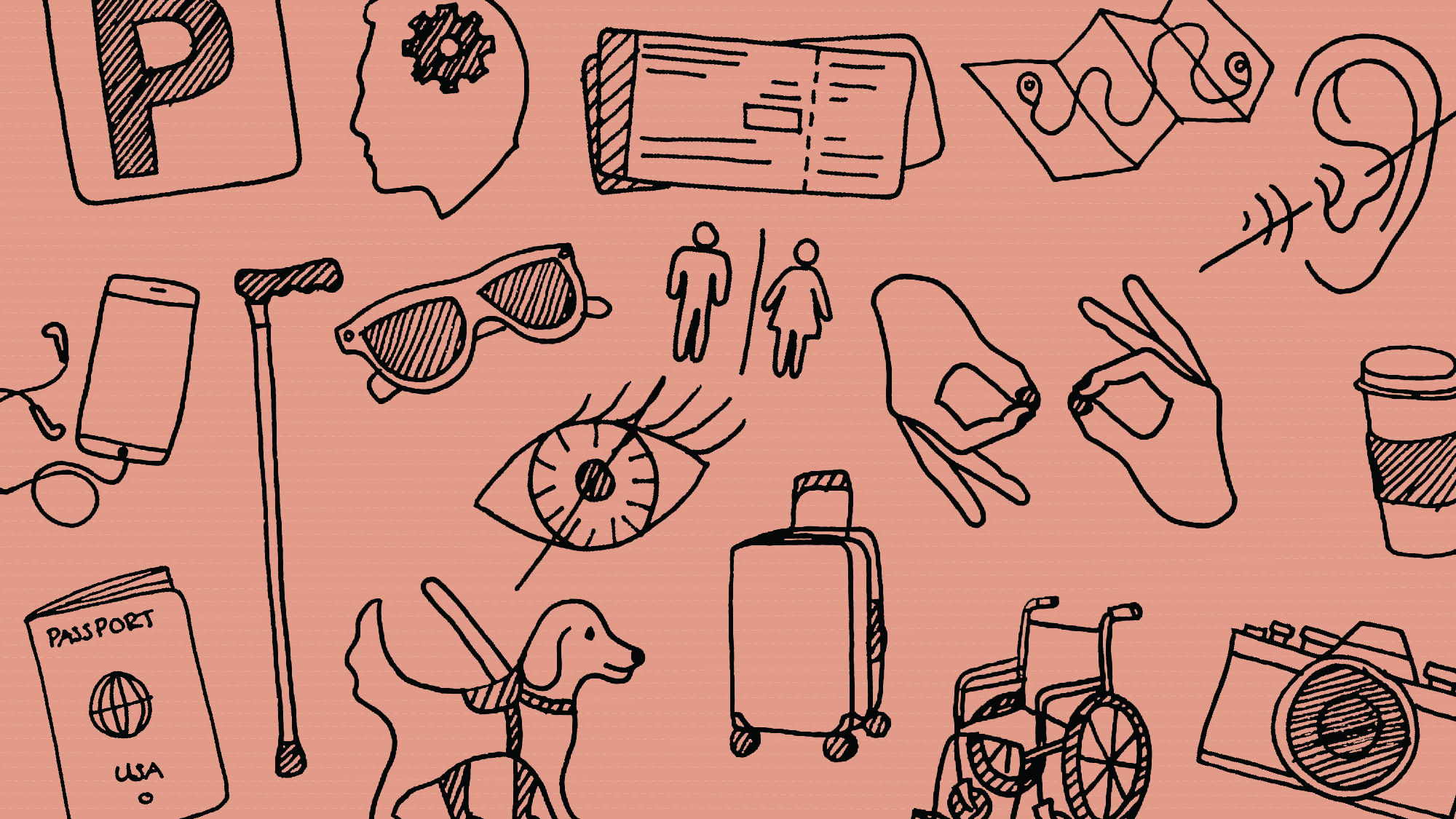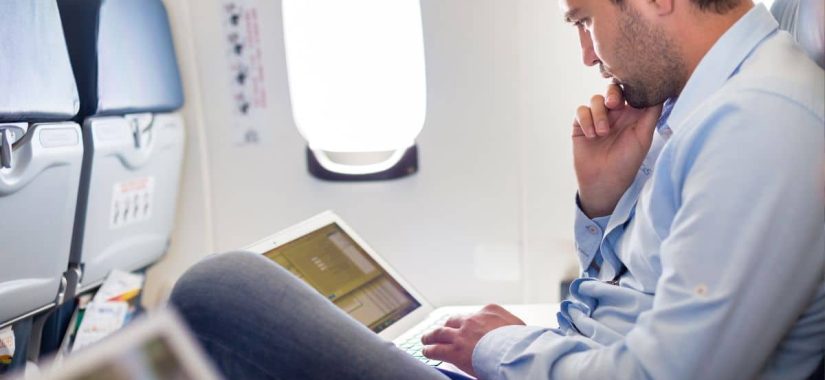State of accessible travel, Part 2: Travel Weekly
Cruise
Large ocean cruise ships have long been considered among the most accessible vacations for people with mobility limitations, and that is in part because all cruise ships that sail in U.S. waters must be compliant with the Americans with Disabilities Act (ADA).
But many river cruise ships that operate outside of the U.S., as well as some smaller ocean and expedition ships that visit far-flung destinations, are often not equipped to handle travelers with disabilities.
The number of guests with disabilities booking Royal Caribbean International cruises has “exploded” over the years, said Ron Pettit, the line’s director of disability inclusion and ADA compliance.
“It’s my goal and my team’s goal to help people to take a vacation from their disability,” said Pettit, who is hard of hearing and said he understands the lived-experience of those with disabilities. “What we want to do is make their vacation effortless and easy. We don’t want them to have to fight with the heavy doors on a ship. We want them to get in and out of pools with ease. We want them to be able to utilize all the features of the stateroom comfortably and easily. That is our goal.”
Pettit said other examples of accessibility are to provide wheelchair spaces in both the front and back of a theater to allow better viewing of performances, or offering gluten-free dining options. The line offers autism-friendly movie showings, which have sensory-friendly features such as lower volume or rooms that are not as dark as typical on other movie nights.
An accessible balcony on the Freedom of the Seas from Royal Caribbean International. (Courtesy of royal Caribbean International)
An accessible balcony on the Freedom of the Seas from Royal Caribbean International. (Courtesy of royal Caribbean International)
Royal is also home to the Autism of the Seas program. Those cruises offer a specially trained crew member for every two to three guests who sign up for it, as well as specialized respite sessions, private activities and help with the line’s products and services.
He said the line has also published a video to help prepare people with autism for their cruise experience, which helps parents and children understand what to expect.
The offerings have landed well; the pandemic years aside, since the program began in 2014, Royal has doubled the annual number of autistic guests who sail with them.
John Sage is CEO of Sage Traveling, which specializes in planning trips for people with disabilities in Europe and the Caribbean. He said some cruise line offerings can be among the most accommodating vacation options in the travel industry for disabled travelers, with thoughtfully designed rooms and automatic doors.
However, he said, cruise lines can do a better job of highlighting that information on their websites. And while he commends cruise lines for performing better than many resorts when it comes to providing for disabled travelers, he says there is particularly room for improvement in the area of shore excursions. The need to travel by Zodiac or tender can derail a much-desired excursion, he said, and sometimes the excursion includes unanticipated journeys on hills or cobblestone streets. He would like cruise lines to prioritize offering at least one accessible shore excursion in every port and said the industry should commit to making tenders accessible for people who use wheelchairs.
“The moment somebody is scared while being carried down, it’s all out the window,” he said.
Disabled travelers wanting to take expedition and river cruises will sometimes discover that they are not nearly as accommodating as mainstream ocean cruise ships.
Expedition ship excursions often rely heavily on inflatable Zodiacs, which can be difficult for even nondisabled people to get in and out of. Some of these ships do not even have elevators.
A number of river cruise ships are equipped with elevators, and some lines, like AmaWaterways, provide wheelchairs and even scooters onboard, in addition to walking sticks and facilities on docking decks to better assist guests.
“On the newest ship, AmaMagna, the elevators even go up to the sun deck,” said Kristin Karst, executive vice president and co-founder of AmaWaterways, adding that the company also provides excursions based on activity level that may accommodate guests with special requirements. “But if they [must use a] wheelchair, then it is better not to be on a river cruise ship because too many obstacles remain.”
Most river cruise lines require that travelers with accessibility needs be somewhat mobile in order to embark and disembark, especially in an emergency. In Europe, ships are often tethered together side-by-side, and passengers must go across other river ships in order to disembark.
Scenic Group spokesman Elliot Gillies said mobility means being able to walk up and down the boarding ramp and, in case of emergency, be able to walk up stairs to the top deck (None of the elevators on Scenic or Emerald river ships go to that deck).
Destinations also play a role in whether or not a river cruise can accommodate a traveler with accessibility needs.
AmaWaterways says Europe is the best destination to visit for a traveler with accessibility needs as more accommodations can be found there than in other destinations, such as the Mekong, where its AmaDara vessel doesn’t have an elevator.
“You couldn’t cruise in Vietnam and Cambodia on the Mekong,” said Rudi Schreiner, president and co-founder of AmaWaterways. “When you go to Angkor Wat, there are exposed roots in the ground — you’re always walking over things. Europe is your best bet. The big cities are the most active in new accessibility.”


